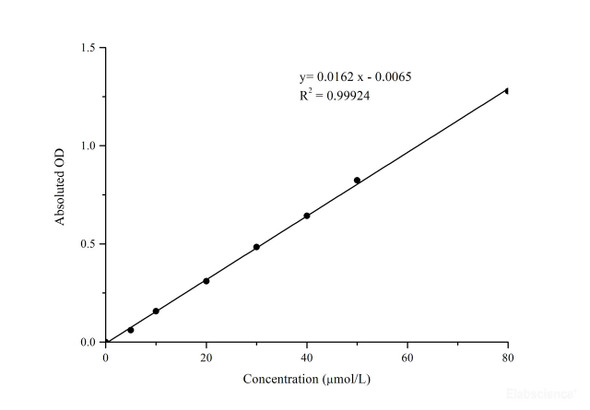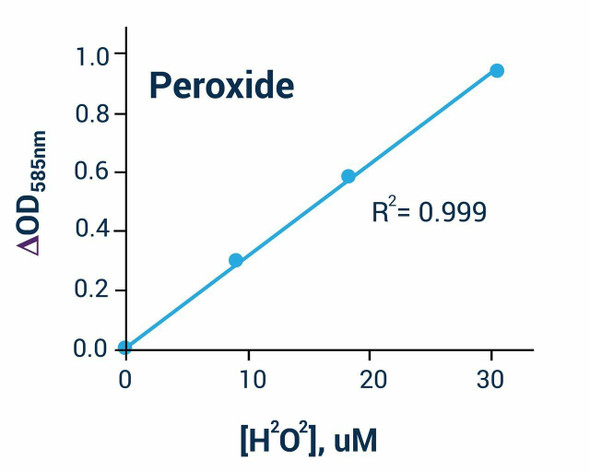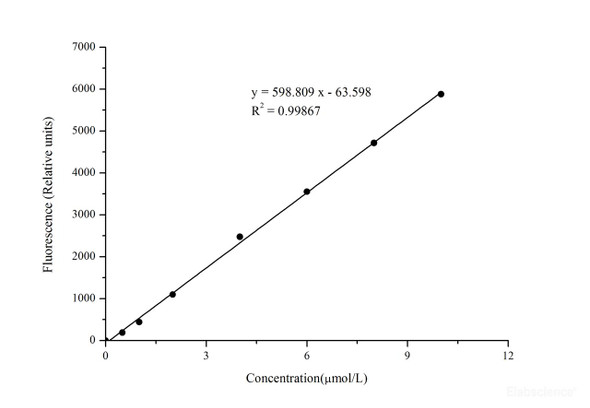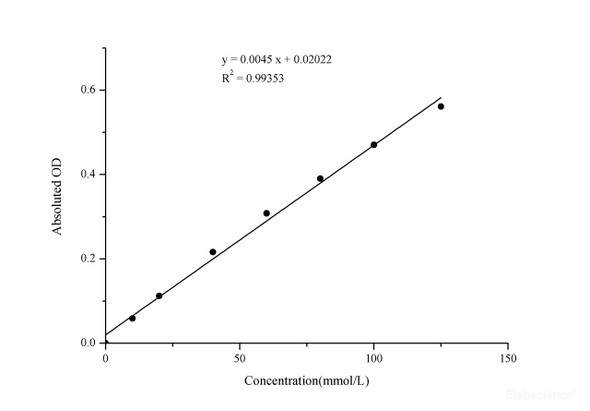Metabolism Assays
Lipid Peroxidation Assay Kit (CV0017)
- SKU:
- CV0017
- Product Type:
- Assay
- Research Area:
- Metabolism
Description
Lipid Peroxidation Assay Kit (MDA/TBARS)
Oxidative stress in the cellular environment results in the formation of highly reactive and combustible lipid hydroperoxides. The decomposition of unstable peroxides produced from polyunsaturated fatty acids generates malondialdehyde (MDA), which may be quantified colorimetrically following a controlled reaction with thiobarbituric acid.
The TBARS method has been applied to a variety of samples, including human and animal tissues and fluids, pharmaceuticals, foods, and natural substances. This assay's sensitivity in detecting lipid peroxidation has made it the preferred method for screening and monitoring oxidative stress because of its high sensitivity in measuring Thiobarbituric Acid Reactive Substances.
This assay is based on the reaction of malondialdehyde (MDA) with thiobarbituric acid (TBA) to form a pink chromogen, which can be detected spectrophotometrically at 532 nm using a platereader.
Kit Information:
| Overview | Description |
| Size: | 96 Assays |
| Features & Benefits: |
|
| Kit Contents: |
|
| Applications: |
|
| Shipping & Storage: |
|
| Safety: | This product is developed, designed and sold exclusively for Research purposes and in vitro use only (RUO). The product was not tested for use in diagnostics or for drug development, nor is it suitable for administration to humans or animals. For more info, please check its Material Safety Data Sheet available in this website. |
Lipid Peroxidation Assays
TBA Assay & Lipid Peroxidation
Thiobarbituric Acid Reactive Substances (TBARS) are a measure of lipid peroxidation, which is the oxidative degradation of lipids. This process can be initiated by various factors, such as exposure to radiation or free radicals. TBARS are formed when malondialdehyde (MDA), a product of lipid peroxidation, reacts with thiobarbituric acid (TBA).
MDA is a by-product of the decomposition of unstable peroxides derived from polyunsaturated fatty acids. These peroxides are particularly susceptible to degradation because they have multiple double bonds in their carbon chain. The presence of TBARS can be detected by spectrophotometry, and the level of TBARS is used as a measure of lipid peroxidation.
A high level of TBARS is an indicator of oxidative damage to lipids, which can lead to cell dysfunction or death. TBARS are thought to play a role in the development of various diseases, such as cancer, heart disease, and Alzheimer's disease. There is currently no cure for these diseases, but the prevention of lipid peroxidation may be a key to preventing them. Reducing the level of TBARS in the body may be accomplished by maintaining a healthy diet, taking antioxidant supplements, and avoiding exposure to harmful agents.
Lipid peroxidation assay protocol
| Step | Procedure |
| 1 | Label vial caps with standard number or sample identification number. |
| 2 | Add 100 μL of sample or standard to appropriately labeled 5 mL vial. |
| 3 | Add 100 μL of SDS solution to vial and swirl to mix. |
| 4 | Add 4 mL of the Color Reagent forcefully down side of each vial. |
| 5 | Cap vials and place vials in foam or some other holder to keep the tubes upright during boiling. |
| 6 | Add vials to vigorously boiling water. Boil vials for one hour. |
| 7 | After one hour, immediately remove the vials and place in ice bath to stop reaction. Incubate on ice for 10 |
| 8 | After 10 minutes, centrifuge the vials for 10 minutes at 1,600 x g at 4°C. Vials may appear clear or cloudy. Cloudiness will clear upon warming to room temperature. Vials are stable at room temperature for 30 minutes. |
| 8 | 96 well Plate: Load 150 μL (in duplicate) from each vial to either the clear plate (colorimetric version) or to the |
| 10 | Read the absorbance at 530-540 nm or read fluorescence at an excitation wavelength of 530 nm and an |






